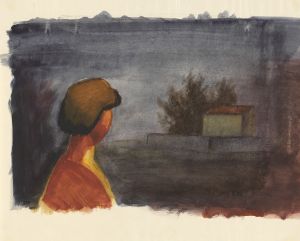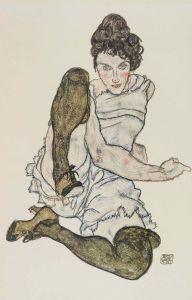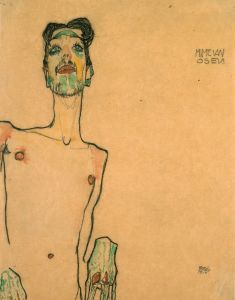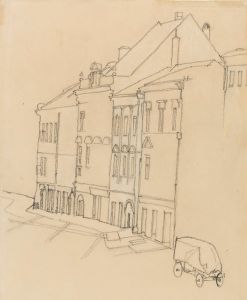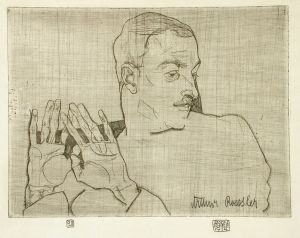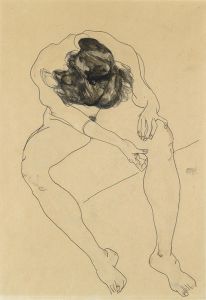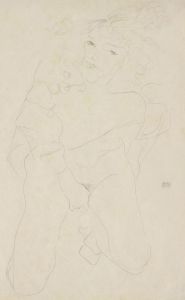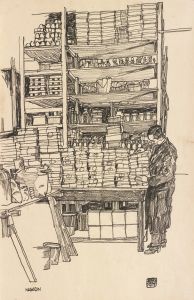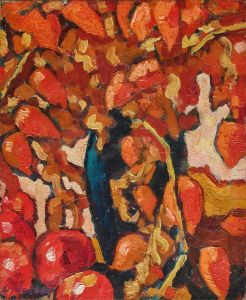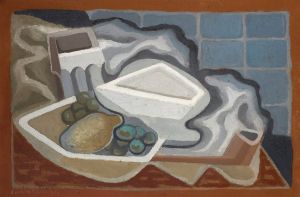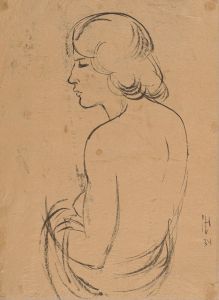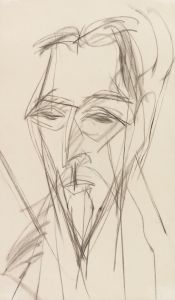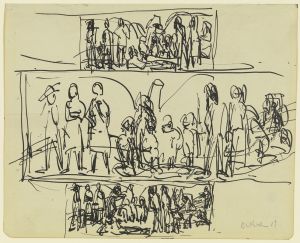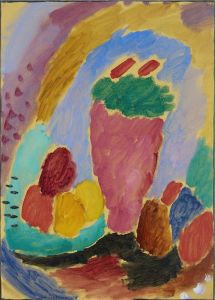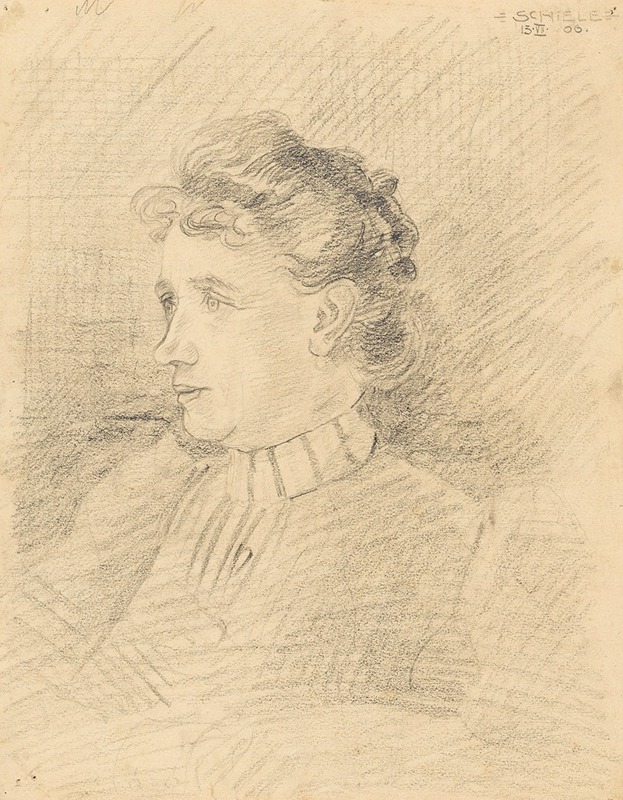
Damenporträt
A hand-painted replica of Egon Schiele’s masterpiece Damenporträt, meticulously crafted by professional artists to capture the true essence of the original. Each piece is created with museum-quality canvas and rare mineral pigments, carefully painted by experienced artists with delicate brushstrokes and rich, layered colors to perfectly recreate the texture of the original artwork. Unlike machine-printed reproductions, this hand-painted version brings the painting to life, infused with the artist’s emotions and skill in every stroke. Whether for personal collection or home decoration, it instantly elevates the artistic atmosphere of any space.
Egon Schiele was an Austrian painter known for his distinctive style and significant contribution to the early 20th-century art movement known as Expressionism. One of his works, "Damenporträt," reflects his unique approach to portraiture, characterized by raw emotion and psychological depth.
Schiele was born on June 12, 1890, in Tulln an der Donau, Austria. He showed an early interest in art and went on to study at the Academy of Fine Arts in Vienna. Under the influence of Gustav Klimt, Schiele developed a style that was both innovative and controversial, often exploring themes of sexuality, death, and the human condition.
"Damenporträt," which translates to "Portrait of a Lady," is one of Schiele's many portraits that capture the essence of his subjects with stark honesty. Schiele's portraits are known for their intense psychological insight, often depicting his subjects in unconventional poses and with exaggerated features. This approach was part of Schiele's broader effort to convey the inner life and emotional state of his subjects, rather than merely their physical appearance.
The painting style of "Damenporträt" is typical of Schiele's work, characterized by bold lines, a limited color palette, and a focus on the expressive potential of the human form. Schiele often used a combination of watercolor, gouache, and pencil to achieve his desired effects, creating works that are both visually striking and emotionally resonant.
Schiele's work was not without controversy. His candid exploration of the human body and sexuality often led to public outcry and legal troubles. In 1912, he was arrested and briefly imprisoned on charges of public immorality, although he was ultimately acquitted of the more serious charges. Despite these challenges, Schiele continued to produce art that pushed boundaries and challenged societal norms.
The early 20th century was a time of great change and upheaval in Europe, and Schiele's work reflects the anxieties and uncertainties of the era. His portraits, including "Damenporträt," capture the tension between the individual and society, exploring themes of identity, isolation, and existential angst.
Schiele's career was tragically cut short by the Spanish flu pandemic of 1918, which claimed his life at the age of 28. Despite his brief career, Schiele left a lasting impact on the art world, influencing subsequent generations of artists and securing his place as a key figure in the Expressionist movement.
Today, Schiele's works are celebrated for their emotional intensity and innovative approach to portraiture. "Damenporträt" stands as a testament to Schiele's ability to capture the complexity of the human experience, offering viewers a glimpse into the soul of his subjects. His legacy continues to be studied and appreciated by art historians and enthusiasts around the world, ensuring that his contributions to modern art remain influential and relevant.





